8 /10 1 Votes
Initial release date 1991 | 4/5 My Abandonware | |||||||||||||||||||||||||||||||||
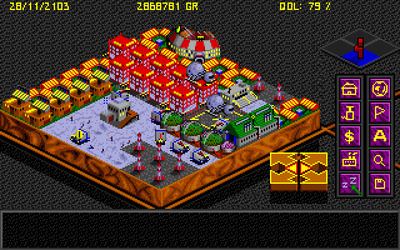 | ||||||||||||||||||||||||||||||||||
Similar Jaleco games, Real-time strategy games | ||||||||||||||||||||||||||||||||||
Utopia the creation of a nation amiga longplay
Utopia: The Creation of a Nation is a strategy video game. It was developed by Celestial Software and published by Gremlin Graphics (later known as Gremlin Interactive), in 1991 for Amiga, Atari ST and MS-DOS. It was later released for the Super NES in 1993, by Jaleco in the USA. This release made use of the Super NES mouse peripheral.
Contents
- Utopia the creation of a nation amiga longplay
- Choicest vgm vgm 128 utopia the creation of a nation music 1
- Gameplay
- Scenarios
- Reception
- Bugs
- Successors
- References
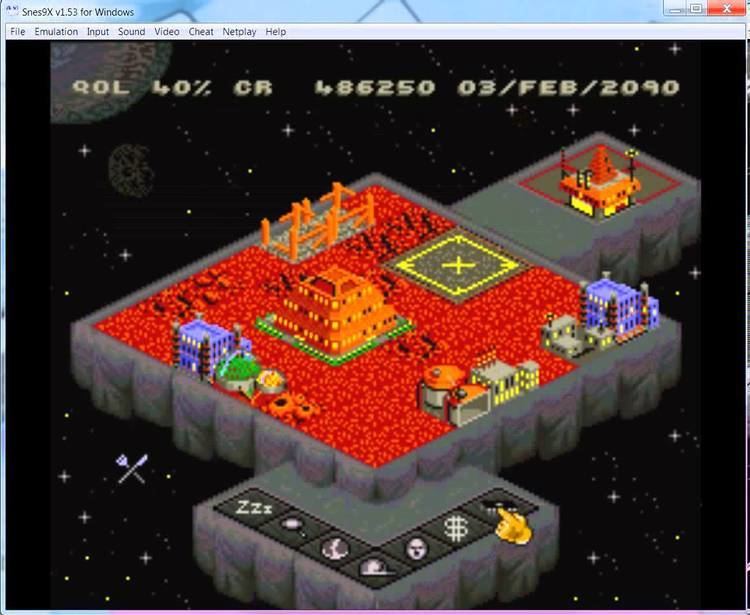
Choicest vgm vgm 128 utopia the creation of a nation music 1
Gameplay
The game, taking place in the future, on a new planet, is open-ended.
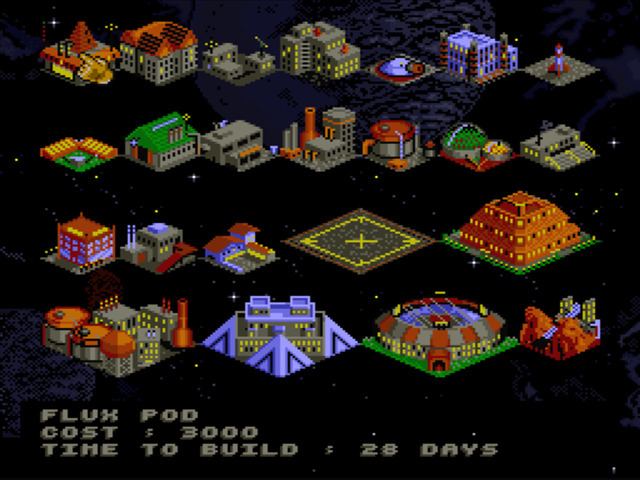
It is the player's task to colonize the new planet, manage the colony and raise the quality of life for the citizen in order to reach utopia.
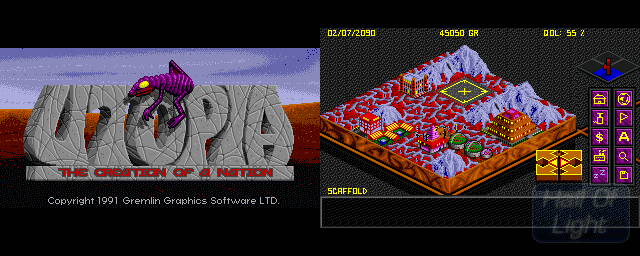
Initially the player has a few colonists with a lot to do. The player needs to build everything from scratch. Building takes time and free colonists, in addition to money. Buildings under construction are depicted by scaffold.
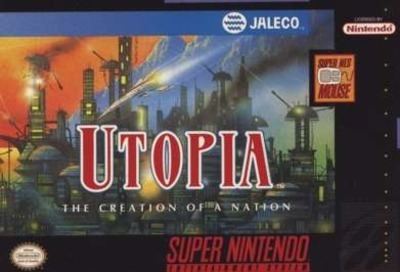
However certain buildings require personnel (hospitals, labs, mines, factories, shipyards ...) and therefore the player has to engage in population management. The player also has to micromanage features such as tax rate, birth rate and trade.

In addition, each world also has a competing alien race which is trying to colonize the same planet. There is no option to form alliances, which means that the player's population must come into conflict with the aliens. The player never actually gets to see the alien city, as it is located outside the playable map, but must instead rely on espionage to find out what the aliens and their city look like.
Scenarios
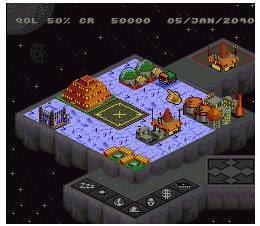
Utopia includes ten scenarios, all with a different planet and a different alien race. The scenarios are named according to the alien races in the Amiga version and according to the planets in the SNES port:
A data disk called Utopia: The New Worlds was later released by Gremlin. This disk required the original Utopia and could not be played as a stand-alone game. It included the following scenarios:
The "Old-Worlders" were said to be humans, coming from Earth's earlier attempt to colonize the same planet. In practice, they were handled just as another hostile alien race. The terrain of the Sal-Kadeem planet was unique in that it was mostly covered with silver-colored oil that was impossible to build on. Buildings were restricted to tiny patches of habitable land.
Reception
In a 1992 survey of science fiction games, Computer Gaming World gave the title three-plus stars out of five.
Bugs
Successors
Utopia was succeeded by K240, which carried the colonization idea over to an asteroid belt. The most prominent improvement was that in K240, the alien race was no longer off the map, but its cities could be viewed the same way as the player's. K240 was in turn succeeded by Fragile Allegiance, further refining the idea of colonizing an asteroid belt.
